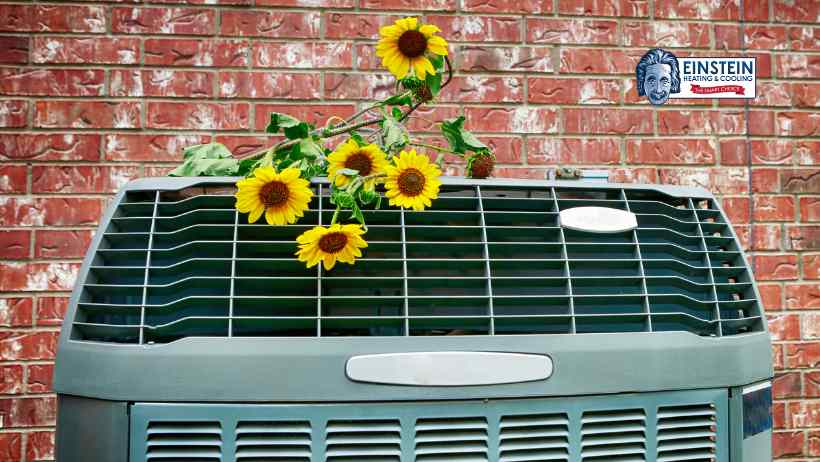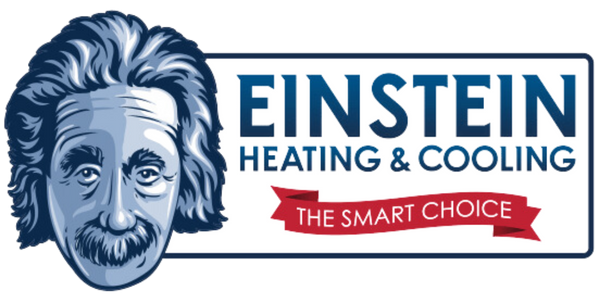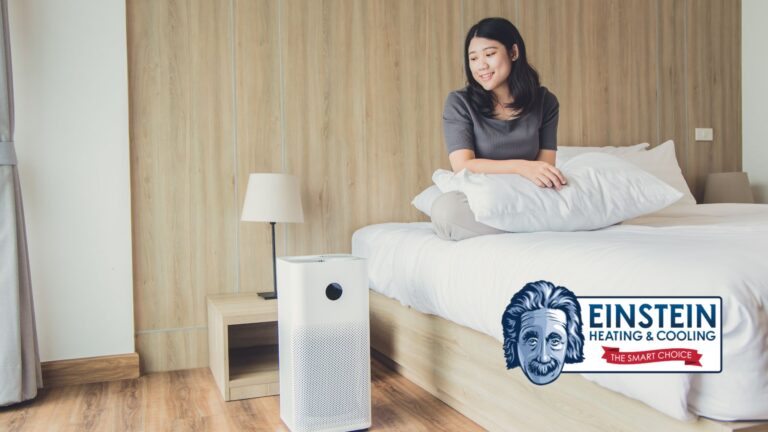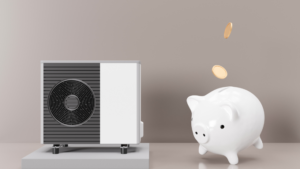The Link Between Indoor Air Quality and Health
Indoor air quality (IAQ) is a crucial factor in determining the health and wellbeing of building occupants. Poor IAQ can lead to a range of health problems, from minor irritations such as headaches and fatigue to more serious conditions such as respiratory disease and cancer. In this blog, we will explore the link between IAQ and health, and look at some of the most common pollutants found in indoor air.
The Effects of Poor IAQ on Health
The effects of poor IAQ on health can vary depending on the individual and the extent of their exposure to pollutants. Some people may be more sensitive to certain pollutants than others, and may experience symptoms even at low levels of exposure. However, in general, exposure to poor IAQ can lead to a range of health problems, including:
1. Respiratory Problems
Exposure to pollutants such as dust, pollen, and mold can trigger respiratory problems such as asthma, bronchitis, and allergies. These conditions can cause symptoms such as coughing, wheezing, and difficulty breathing, and can have a significant impact on an individual’s quality of life.
2. Cardiovascular Disease
Exposure to pollutants such as particulate matter (PM) and nitrogen dioxide (NO2) has been linked to an increased risk of cardiovascular disease. These pollutants can cause inflammation and damage to blood vessels, leading to an increased risk of heart attacks and strokes.
3. Cancer
Exposure to pollutants such as radon, asbestos, and formaldehyde has been linked to an increased risk of cancer. These pollutants can cause DNA damage and mutations, leading to the development of cancer cells.
4. Cognitive Impairment
Exposure to pollutants such as volatile organic compounds (VOCs) and carbon monoxide (CO) has been linked to cognitive impairment, including problems with memory, attention, and decision-making.
Common Indoor Air Pollutants
Indoor air can be contaminated by a range of pollutants, some of which are more common than others. Some of the most common indoor air pollutants include:
1. Dust and Dirt
Dust and dirt can contain a range of pollutants, including pollen, pet dander, and mold spores. These particles can irritate the respiratory system and trigger allergies and asthma.
2. Volatile Organic Compounds (VOCs)
VOCs are chemicals that are released into the air from a range of sources, including cleaning products, paint, and furniture. Exposure to VOCs can cause eye, nose, and throat irritation, as well as headaches and dizziness.
3. Carbon Monoxide (CO)
CO is a colorless, odorless gas that is produced by the incomplete combustion of fossil fuels. Exposure to high levels of CO can cause headaches, nausea, and dizziness, and can be fatal in extreme cases.
4. Radon
Radon is a radioactive gas that is produced by the decay of uranium in soil and rock. Exposure to high levels of radon has been linked to an increased risk of lung cancer.

Improving IAQ to Promote Health
Improving IAQ is crucial for promoting the health and wellbeing of building occupants. There are several steps that can be taken to improve IAQ, including:
1. Ventilation
Proper ventilation is essential for maintaining good IAQ. Ventilation systems should be designed to bring in fresh air from outside and remove stale air from inside, while also filtering out pollutants. Ventilation systems can be natural or mechanical, and can be designed to provide a constant supply of fresh air, or to vary the amount of fresh air supplied based on occupancy or other factors.
In addition to providing fresh air, ventilation systems can also be designed to remove pollutants from the air. This can be done through the use of filters, which trap particles such as dust and pollen, as well as activated carbon filters, which can remove volatile organic compounds (VOCs) and other chemicals.
2. Air Purification
Air purification systems can be used to remove pollutants from the air. These systems can include filters, which trap particles such as dust and pollen, as well as activated carbon filters, which can remove VOCs and other chemicals. In addition to filters, air purification systems can also include UV-C lights, which can kill bacteria and viruses in the air, and ozone generators, which can break down pollutants in the air.
It is important to note that some air purification systems can generate ozone, which can be harmful to human health in high concentrations. Therefore, it is important to choose air purification systems that do not generate ozone, or to use these systems in a way that does not create harmful levels of ozone.
3. Source Control
Source control involves identifying and removing or minimizing the sources of pollutants in the building. This can include using low-emission materials and products, such as low-VOC paints and furnishings, and avoiding the use of products that contain harmful chemicals, such as asbestos and lead.
In addition to using low-emission materials and products, it is important to properly maintain building systems and appliances to prevent the release of pollutants. This can include regularly cleaning ventilation systems and air ducts, and properly maintaining heating and cooling systems to prevent the release of carbon monoxide and other harmful gases.
4. Education and Awareness
Educating building occupants about IAQ and the steps that can be taken to improve it is an important step in promoting good IAQ. This can include providing information about the sources of indoor air pollutants, as well as tips for reducing exposure to these pollutants. It is also important to provide information about the health effects of poor IAQ, and to encourage building occupants to report any IAQ concerns to building management.
5. Monitoring and Testing
Regular monitoring and testing of IAQ can help identify potential problems before they become serious health hazards. This can include measuring levels of pollutants such as carbon monoxide, nitrogen dioxide, and volatile organic compounds, as well as measuring temperature and humidity levels. Regular monitoring and testing can help identify areas where IAQ can be improved, and can help ensure that building occupants are not exposed to harmful levels of indoor air pollutants.
Conclusion
Improving IAQ is essential for promoting the health and wellbeing of building occupants. Proper ventilation, HVAC maintenance, air purification, source control, education and awareness, and monitoring and testing are all important steps that can be taken to improve IAQ and reduce the risk of health problems associated with poor IAQ. By taking these steps, building owners and managers can create a healthy indoor environment that promotes the health and wellbeing of everyone who spends time inside the building.








